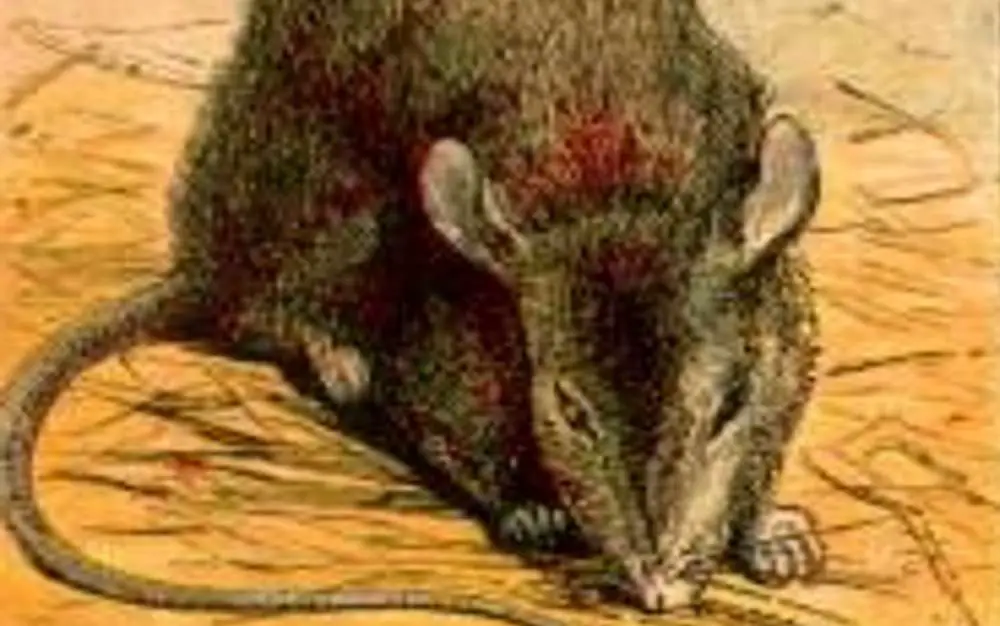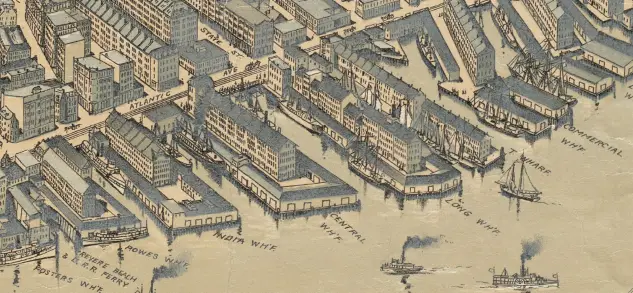On Boston’s Rat Day of 1917, the upper-class women of Boston gave $1.34 for every rat carcass turned in. The numbers of dead rodents, however, fell far below their expectations.
The first Rat Day in Beantown turned out to be the last.
Reports of bubonic plague in Cuba and Puerto Rico inspired the war on rats. When infected rats were found in Brooklyn and Philadelphia, fears grew that they’d come to Boston’s wharves.
The women were inspired by a 10-day rat clean-up in 1915 and the success of a national anti-fly campaign. ““Kill the Rat” instead of “Kill the Fly” is the new slogan,” they reported.
They called themselves the Boston Women’s Municipal League. They had 2,000 members who included Boston Brahmins and upper-middle-class strivers. The 1913 bulletin listing committees and departments is littered with elite names such as Adams, Parkman, Coolidge, Sears, Adams, Gardner, Cabot, Sargent and Pearmain, as well as the more newly arrived, such as Mrs. Louis D. Brandeis.
Women’s Municipal League
The League’s historian explained Rat Day: The women believed housekeeping of a city was women’s work, just as it was their job to keep their houses clean.
The League formed in 1908 and membership quickly grew to 2,000.
 It had a Committee on Social Hygiene and one on the Abatement of Noise, which had a subcommittee on Milk Carts. It had a Committee on Quackery to educate the public about unscrupulous fakirs who sold patent medicine. The Department of Sanitation had a Committee on Milk with subcommittees on Butter and Ice Cream. It also had a committee on Rats and Flies.
It had a Committee on Social Hygiene and one on the Abatement of Noise, which had a subcommittee on Milk Carts. It had a Committee on Quackery to educate the public about unscrupulous fakirs who sold patent medicine. The Department of Sanitation had a Committee on Milk with subcommittees on Butter and Ice Cream. It also had a committee on Rats and Flies.
The women learned so much about rats and flies they were asked to endorse ways to kill rats. Their slogan spread: “If we have to go to New York for our hats, New York comes to Boston to ask about rats.”
They sent anti-rat literature to every U.S. library, to libraries in Europe and Canada, to every major newspaper in North America and to interested parties in Australia, Brazil, India and Russia.
They planned to form rat clubs throughout Greater Boston to educate people about rats’ menace to health and their powers of destruction, as well as the proper methods for killing them. Mayor James Michael Curley supported their campaign. So did the official city rat catcher, Edward J. Kennedy.
The ladies distributed posters, pamphlets and fliers.
Rat Day
 The ladies announced a citywide rat-killing competition. Feb. 12, 1917 would be Rat Day. Then they changed Rat Day to Feb. 15. Finally they settled on Feb. 13.
The ladies announced a citywide rat-killing competition. Feb. 12, 1917 would be Rat Day. Then they changed Rat Day to Feb. 15. Finally they settled on Feb. 13.
The campaign cost $1,339.80, paid for by members of the league and public-spirited citizens.
Fewer than 1,000 rats were brought into the city. A Mr. Rymkus of Brighton won first prize of $100 and a special prize of $50 for bringing in 282 rats. Second place went to John White of Charlestown for bringing in 88 rats.
The League blamed the failure of Rat Day on a misunderstanding about the date, a cold snap and apathy.
The ladies put a brave face on the failure to the Boston Globe, which reported “managers of the campaign feel it was not a failure, since the public is learning.”
Eventually the Rats and Flies Committee gave way to bureaucracy. The Boston Board of Public Health carried on their work.
With thanks to MassMoments. This story about Rat Day was updated in 2024.



2 comments
[…] day she went to the drugstore to buy arsenic, easy to obtain as a rat-killing poison in the 19th century. She stirred a thimbleful into Edward’s oatmeal – though a few grains will […]
[…] and settlement houses. They supported prison reform, shorter work days, an end to child labor and improved sanitation and […]
Comments are closed.